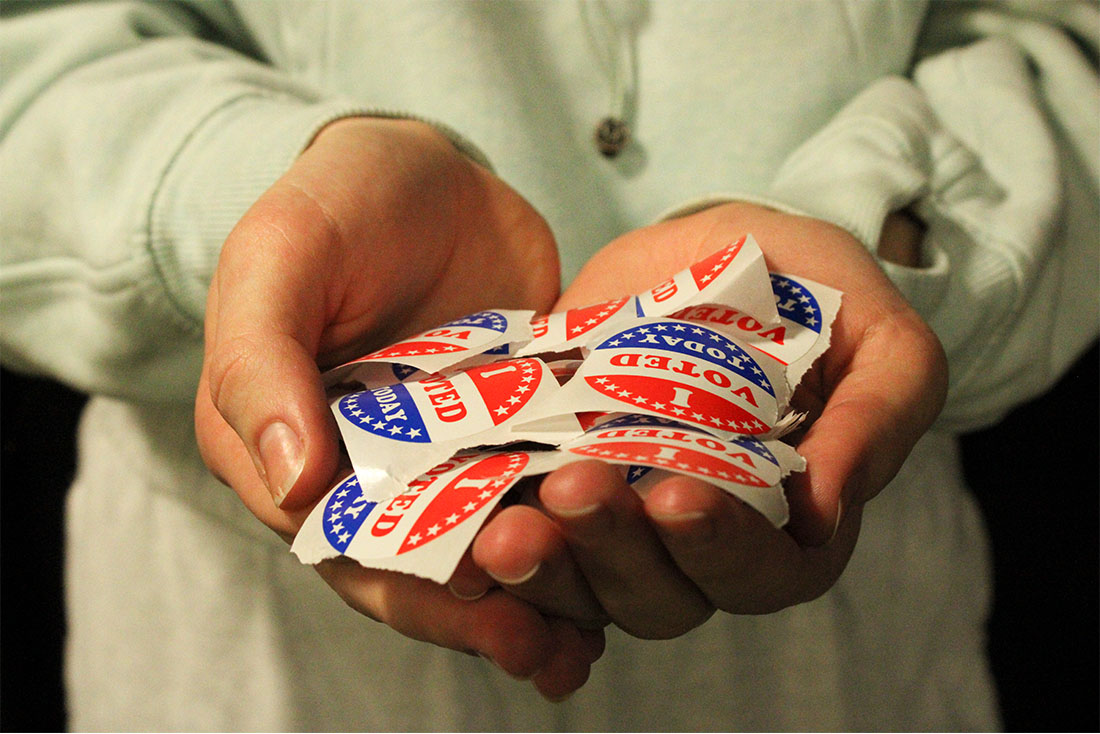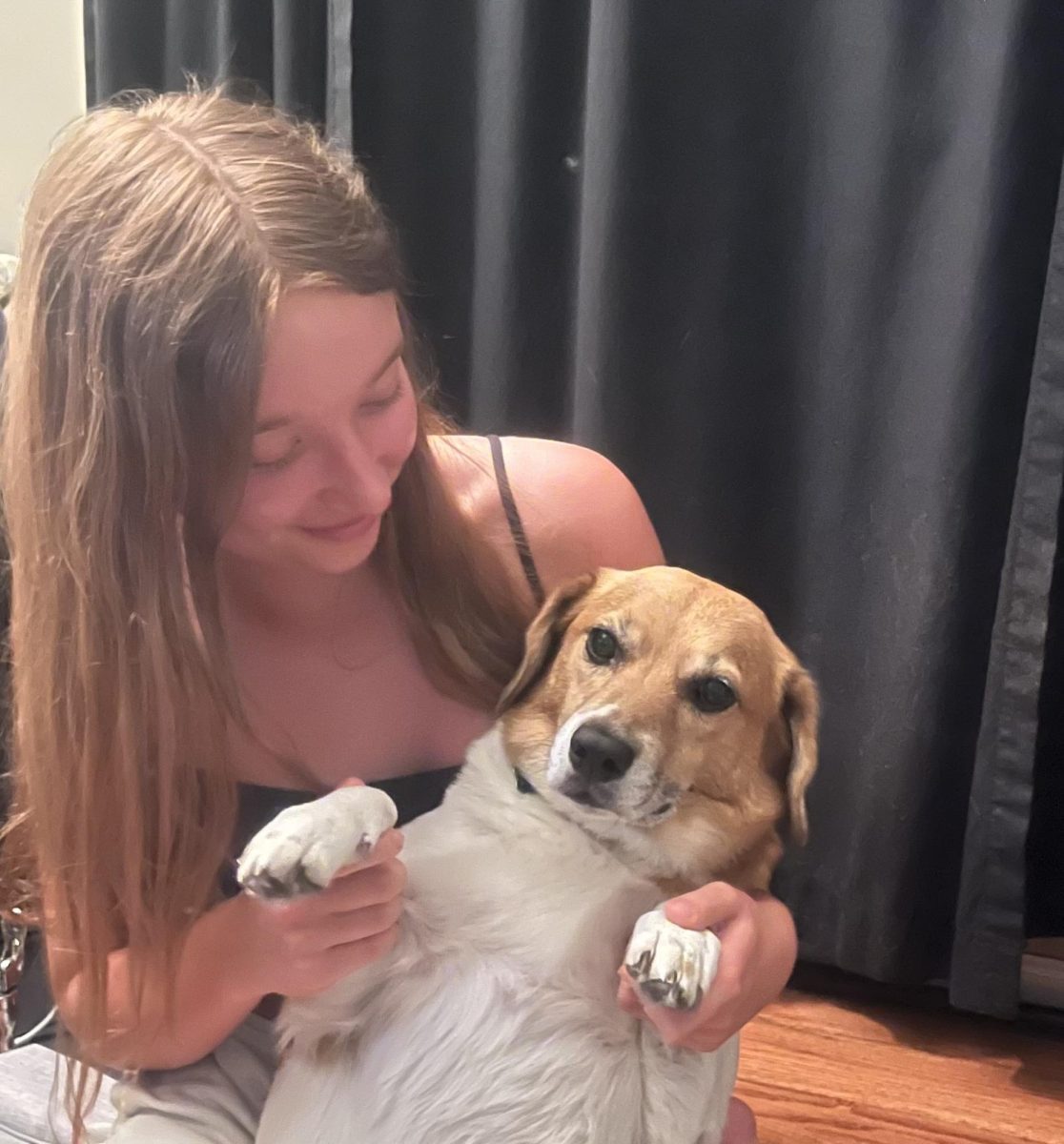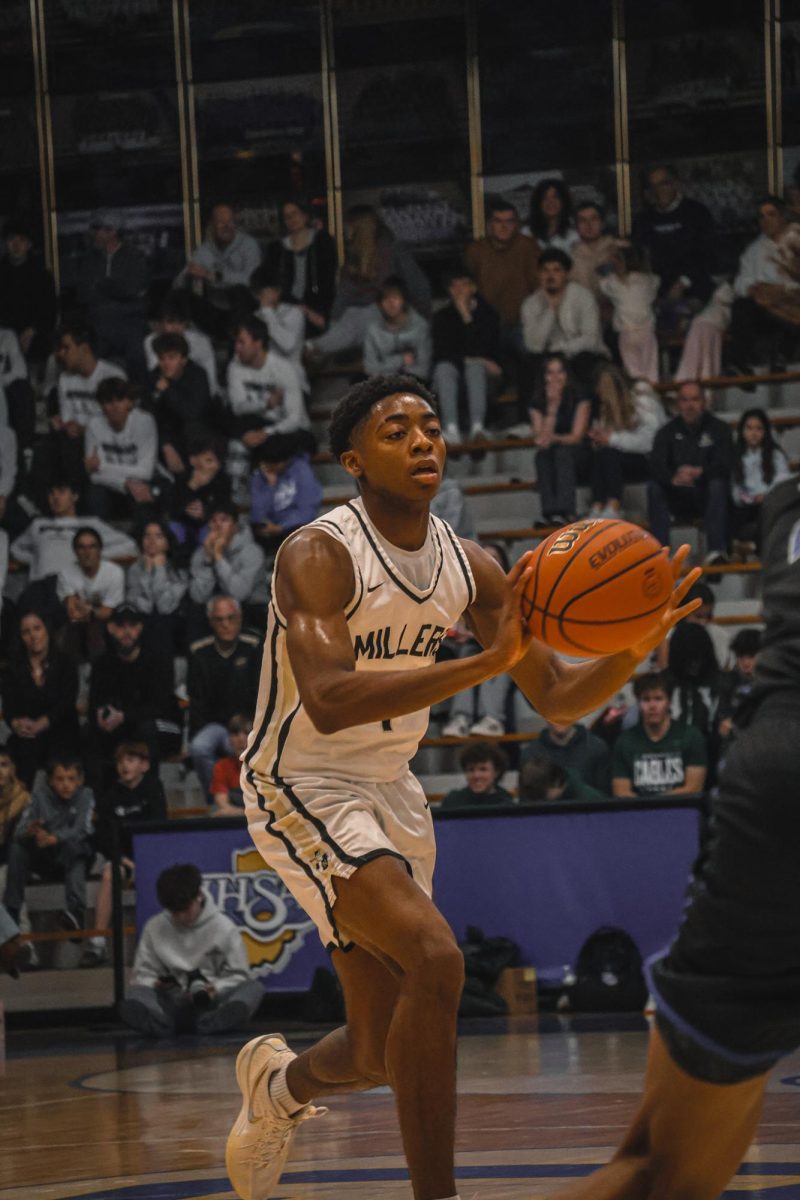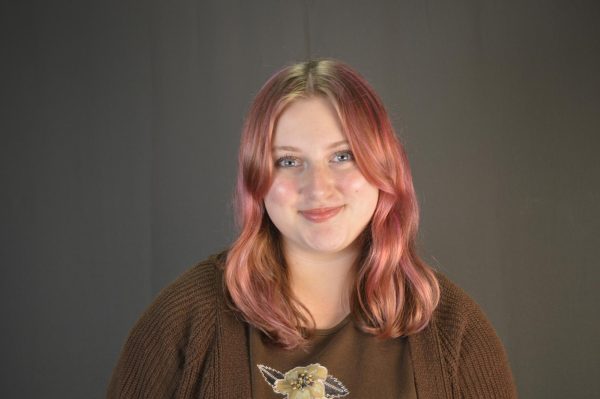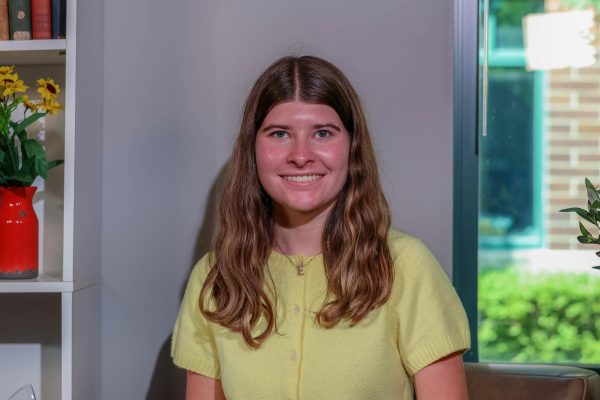You feel a soft push against your chest, as shades of red, white, and blue are put on full display. As this badge of honor clings to your shirt, you feel the power and importance of the decision you just made. It’s something you’ve waited 18 long years to do, to finally have your voice heard and represented. As a swirl of emotions crowd your brain, the reality of what just happened sinks in: you just cast your very first vote.
Voting in the U.S. is one of the most common ways citizens involve themselves in government. There are thousands of elections that take place each year in the U.S., from primary campaigns to local elections to presidential contests. Thanks to the 26th Amendment, the legal voting age is 18, meaning many high school students have the opportunity to cast their vote in upcoming elections. Even after gaining the right to vote, many students of voting age are unaware or skeptical of the impact that they have on elections.
WHY IT MATTERS:
According to Campus Vote Project, student and young voices are among some of the most important in elections of recent years, and sophomore Isla Thorner agrees.
“I believe that voting, especially at a younger age, is extremely important because we as a younger generation have different views and life experiences than perhaps the generations before us,” said Thorner. “And I think getting young people’s voices heard and into politics is extremely important.”
In today’s world, student voters are forcing new perspectives to be addressed in elections. Scott Baldwin, an Indiana State Senator, has been able to witness firsthand the impact of individual voters. Like Thorner, Baldwin believes that student voting is incredibly necessary and can be used to shape future government decisions.
“Student voters represent the interests and perspectives of younger generations,” Baldwin said. “Their participation ensures that the issues important to them, such as education, employment, climate change, and social justice, are reflected in the political discourse.”
The hot button issues that many young people care about are often the topics of discussion when it comes to national elections, but this often leaves local elections overlooked. In local elections, the issues being discussed tend to affect people on a more personal level. However, due to controversial conditions, national elections receive more voter involvement. Social Studies teacher Megan Pampu argues that these decisions in local elections, most impact the daily lives of younger generations.
“There are so many things that you can vote for that do not revolve around just the president. Your representatives at the state level can make real changes that you can see and experience,” Pampu said. “On ballots there are ways to vote about taxes, new laws and referendums, city officials, sheriffs and many more positions.”
Voting in elections holds power and can be used to shape the laws and regulations that students are passionate about, according to Tufts University. When students participate in these elections, they are informing themselves about the issues that affect them and by casting their vote, they are working to make the world around them better. Baldwin believes that the more often younger groups of people make the decision to vote, the more their voices in government can be heard and used to shape the world around them.
“Active participation in elections encourages lifelong civic engagement among students. Once you are bit with the civic bug, you are in,” Baldwin said. “Voting as a student can instill a habit of participation in the democratic process, leading to a more engaged and informed community.”
Junior Natalie Scholl agrees with Baldwin that engaging in elections as a student is important, and that now more than ever, student voting is helping shape the future of the government one vote at a time.
“The second we can get more young people voting and young people in office, the more positive change we will see,” Scholl said.
THE PROCESS:
As important as it is for students to vote, without an understanding of the requirements and the process as a whole, the road to voting may still be foggy. For some students, all of the steps necessary to be a registered, informed voter can be difficult to understand. Beth Sheller, Hamilton County Election Administrator, wants to demystify the very first steps of the voting process.
“First, be sure you are registered to vote. You can be 17 and still register to vote, even be able to vote in the Primary at 17 years of age, as long as you will be 18 by November 5th of this year,” Sheller said. “There are deadlines to register to vote, so register as soon as you are able to. If you have a valid Indiana Driver’s License, you can register at www.indianavoters.com.”
Even after registration has been completed, there is still important information to know before a vote can be cast. Details of what they will find and where to go may be fuzzy at the beginning of the process, but they can be cleared up, Sheller says.
“Find out where your polling site is before Election Day. It will be close to where you live and the hours are always 6 a.m. to 6 p.m.,” Sheller said.
Knowing the times that are available for you to vote can help you organize your Election Day and plan when to cast your ballot. Before heading to your polling place, though, it’s necessary to know what you will find when you get there. Sheller has some advice for how voters can prepare for this.
“After the ballots are prepared, which is about 2 months before each election, go to www.indianavoters.com and look yourself up as a voter. There will be a place that will let you see ‘Who’s on my Ballot’,” Sheller said.
Without knowing who the candidates are and learning about them, new voters may have difficulty knowing who will be best for them. Sheller suggests speaking with or reading about the candidates, as well as getting in contact with the parties that have a candidate running in the election.
“I try to stay on top of all the candidates,” Thorner said. “I do research into most if not all of them from several credible news sources like NPR, CNN, and ABC, and I also read lots of news articles from various sources but have all been seen as credible,” Thorner said.
Making sure to be prepared and informed for each and every election is the best way to maximize the power of a vote, according to National Geographic. But learning about civics and the voting process can begin long before the voting age is reached.
“I learned [about voting], honestly, through watching my mom do it and going with her to the voting centers. She would explain what she was doing and why it matters,” Thorner said.
Visiting polling places with parents has been a simple way to understand the voting process for some students who cannot vote yet themselves. While it can be easy to think of voting simply as going to a polling place on Election Day, new voters have options on how to cast their ballot.
“I first voted by absentee ballot by mail because I was in college and was technically still a resident of Illinois,” Pampu said.
Absentee ballots, though a convenient resource for many, have specific requirements that can make this method difficult to access. However, ballots like these are just one way to vote without visiting a specific polling place.
“We have nine voting locations in Hamilton County, [with] even evening and Saturday hours, where anyone can vote at any location,” Sheller said.
GETTING INVOLVED:
According to NPR, in the 2016 election, just six out of ten voters turned out to vote. Oftentimes, these declining rates are blamed on voter apathy, the belief that a single vote can’t change anything, or simply the difficulty of the voting process. Getting registered, making it to polling locations, and waiting in line for hours on end can be confusing and intimidating. It can be a daunting task, and for many young people, the combination of these circumstances make it tough to get out and cast their ballot. Beyond the time it takes to get registered, NHS junior Stevie Miles feels many voters face an ethical dilemma that makes it tough to vote.
“Honestly, I feel like part of the reason that people don’t vote is because it always feels like you’re choosing the lesser of two evils,” Miles said. “I think for a lot of people it’s easier to not participate in elections.”
Senior Joni Lin operates under a similar thought process when deciding who will take her vote in the upcoming election.
“All I look for in a candidate is that they’re not a bad person,” Lin said. “And that’s sad. I wish I was able to vote for someone I sincerely agreed with, but instead, it’s the person who I think will do the least damage.”
Despite previous elections featuring an exponentially decreasing voter turnout, according to Tufts University, 57% of America’s voters aged below 29 are expected to vote in the 2024 election. This kind of turn out has the potential to completely change the results of elections.
“Student voters are especially important. They are the ones deciding the future of policy in our country. A lot of people just don’t think their vote matters enough,” Miles said.
While some young voters may find the process discouraging, Miles urges teen voters to make use of their rights, and vote for what they believe in, to make lasting change.
“If we can make differences one election at a time, the future will look how we want it to. Even if that means voting for someone who is only slightly better,” Miles said. “At least doing that means that things will change, even if only a little bit.”
VOTING THROUGH THE AGES:
1776- White, property-owning men are allowed to vote, as ratified in the constitution.
1870- The 15th Amendment is passed, giving African American men citizenship, and therefore the right to vote.
1920- The 19th Amendment is ratified, giving women the right to vote.
1948- The Snyder Act was passed by president Calvin Coolidge, allowing Native Americans citizenship and the right to vote.
1965- The Selma Marches protest voter oppression among African Americans, spurring laws outlawing discriminatory voting practices.
1971- The 26th Amendment is passed, lowering the voting age from 21 to 18 years old.
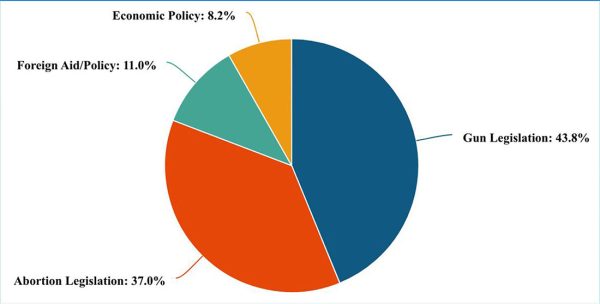
SILENCING THE PEOPLE: Gerrymandering is Silencing Youth Voices
One of the guiding principles of a democratic system is that every vote counts equally. But for some Americans, their situation may be a little different. Gerrymandering, or the drawing of voting districts in order to influence an election’s outcome, can dilute the power of a person’s vote, and is a common issue in many states.
According to the Brennan Center for Justice, a nonpartisan law and policy institute, gerrymandering has lasting impacts, and not only on which candidates are elected. Voting districts are redrawn every ten years when a new census is conducted. While these new maps are meant to account for changes that emerge from population changes based on census data, politically motivated voter allocation can affect districts for years to come. This redistricting is most often done by elected legislators themselves, who are able to redraw districts to serve their own re-election interests.
Gerrymandering can occur in a variety of ways. Two of the main strategies, as the Brennan Center for Justice explains, are called cracking and packing. Cracking occurs when groups of similar voters are split up into different districts, making it harder for them to elect their preferred candidate. Packing occurs when groups of similar voters are placed into as few districts as possible, so that the majority’s vote overpowers any other groups’. These two strategies work together to lessen the impact of an individual’s vote, getting it lost in the cacophony of the majority vote and prevent the area from receiving accurate representation.
BEHIND THE BALLOTS: Find Out What’s Behind The Scenes of Hamilton County’s Election Office
New voters have a wealth of ways to be civically active during election season, but this doesn’t have to be limited to the run-up to the election. While voting itself is important, the people working at the polls are equally as important in the election process.
“The best way to learn about elections is to be involved in one,” Sheller said. “We offer 16 and 17 year olds opportunities to work on Election Day and get paid to do it!”
Sheller explained that students who want to help out can work as clerks or judges. Clerks help to check voters in, while judges help voters at voting machines. More information about the training process and how to help can be found on the Hamilton County Election Office website.



